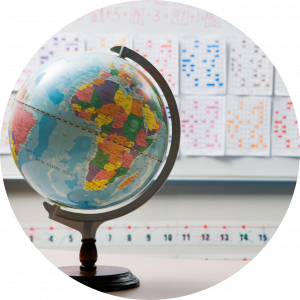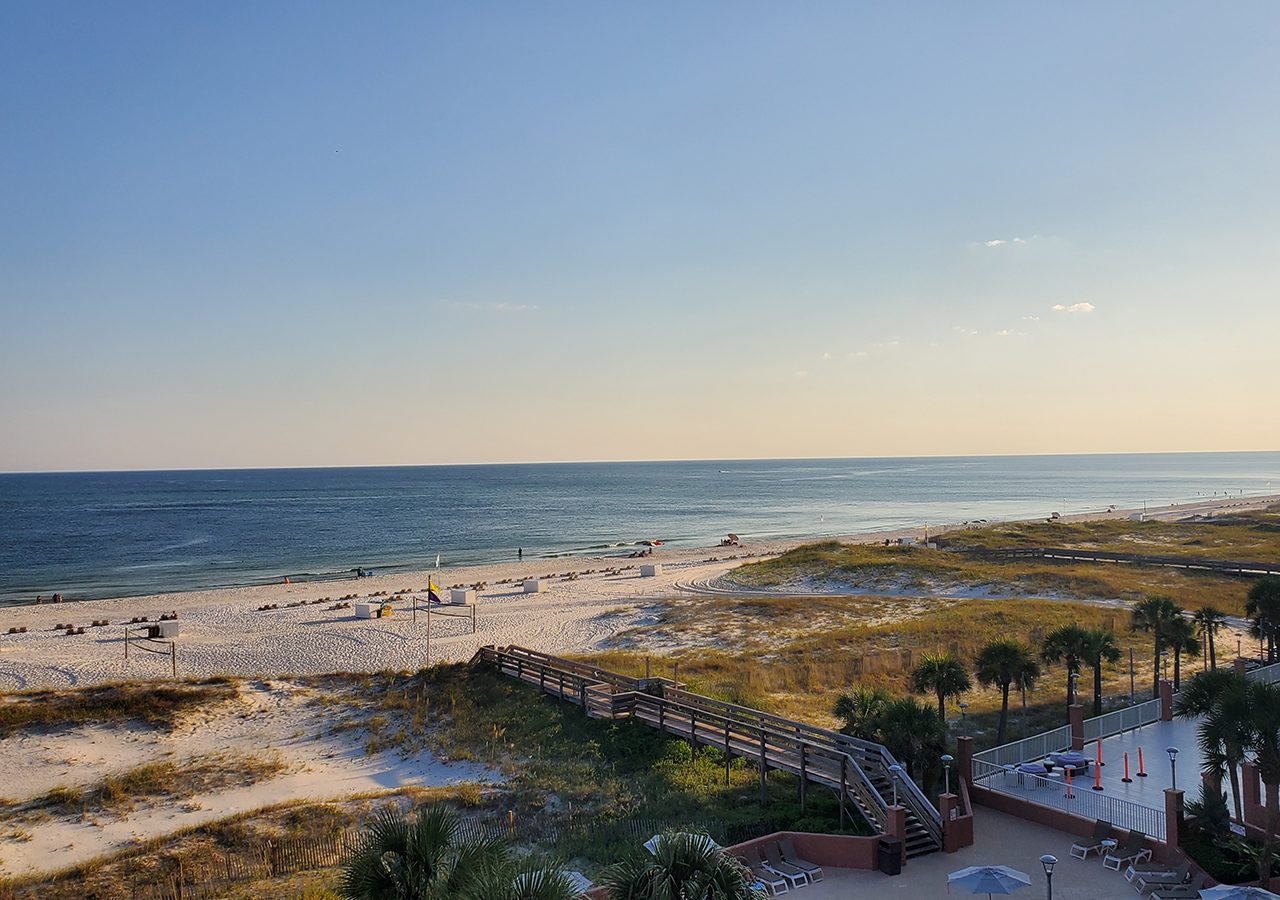Environmental Education
Exploring Our Living Streams
Environmental Education is a major component of the Global Water Watch Program. GWW provides citizens with knowledge and skills that can be used for environmental education purposes. GWW Data can be presented in forms appropriate for local officials, students or the general public.
Youth-focused environmental education is an important focus of GWW, which in Alabama has been growing considerably in recent years thanks to a partnership with the Alabama 4-H Program. There, AWW Staff, trainers, and other volunteers conduct workshops and activities with youth on a regular basis using the Exploring Our Living Streams (EOLS) curriculum which provides hands-on activities for teaching students about watershed science and provides educators with the skills and platform to involve youth in citizen science focused on water quality. In addition, AWW trains formal and volunteer educators to conduct water quality monitoring with youth. The EOLS curriculum focuses and includes material and activities related to Bacteriological Monitoring, Stream Biomonitoring, and Water Chemistry Monitoring, as well as modules about the water environment, pollution, and stream ecology.
The EOLS curriculum is provided to educators (teachers, informal educators, and volunteers) who complete an EOLS workshop, which range from 2-3 days, depending on which modules of the curriculum are taught. Through the workshop, participants learn how to use the curriculum and are certified as AWW/GWW water monitors. Educators who work with the 4-H AWW Program to implement the curriculum can work with staff to certify their students or club members as 4-H AWW monitors, allowing them to collect and submit water data.
History of Curriculum
Originally titled Exploring Alabama’s Living Streams, EOLS was developed in 2005 through a partnership between AWW and the Auburn University Department of Curriculum and Teaching. The inspiration for the curriculum came from two long-time AWW volunteers, Dick and Mary Ann Bronson, who had adapted the AWW Stream Biomonitoring in a way that it could be used to educate children in the Lake Martin area where they live. In 2009, the EPA-funded Global Water Watch-Gulf of Mexico Alliance Project supported development of a supplemental module focused on the Gulf of Mexico Ecosystem, specifically hypoxia in the Gulf, and translation of the entire curriculum into Spanish (Explorando Nuestros Rios Vivientes). In 2015, 4-H AWW received an Environmental Education Grant from the EPA which funded development of the modules related to water chemistry monitoring principles and practices. In 2019, 4-H AWW received an B-WET Grant from the NOAA which funded development of the modules related to Bacteriological monitoring principles and practices. Thanks to the EOLS curriculum and the support of 4-H AWW, increasing numbers of students are engaging in watershed stewardship via citizen science.
Exploring Our Living Streams has a flexible design to accommodate the unique needs and teaching styles of educators.

Structure
The curriculum is structured to be completed in about one week. Many concepts and ideas presented, however, are a natural platform for more in-depth investigation, or incorporation of additional science, math, and social studies concepts. The curriculum can therefore be used as a foundational guide for longer time periods by bringing in materials that complement classroom learning objectives.

Materials
Curriculum material is arranged in modules, which build on each other and culminate in a structured field trip. The ‘Exploration before Explanation’ concept can easily be adapted, if desired, by taking the field trip first, collecting data, then returning to learn about what was done and why.

Activities
Four activities accompany each module. The difficulty and/or time commitment varies with activity. Educators can choose which activities best suit the abilities of the students and class goals.

Workshops
Three types of workshops are available for educators. The first two are the formal AWW Stream Biomonitoring and AWW Chemistry workshops. The third is a professional development workshop designed around the Living Streams curriculum. All three workshops carry Continuing Education credits. The professional development workshop also carries AMSTI credit. We recommend all three of these training workshops to get the most use out of the curriculum.

Community Connections
The curriculum is designed to help volunteer monitors. A number of organizations are often available to work with science classrooms as well, including local Environmental Education (EE) centers.

Adapting to Elementary Grades
The curriculum targets middle and high school students; however, elementary students enjoy getting their feet wet as well. The Internet Resources section of the curriculum can help locate activities applicable for younger students.
